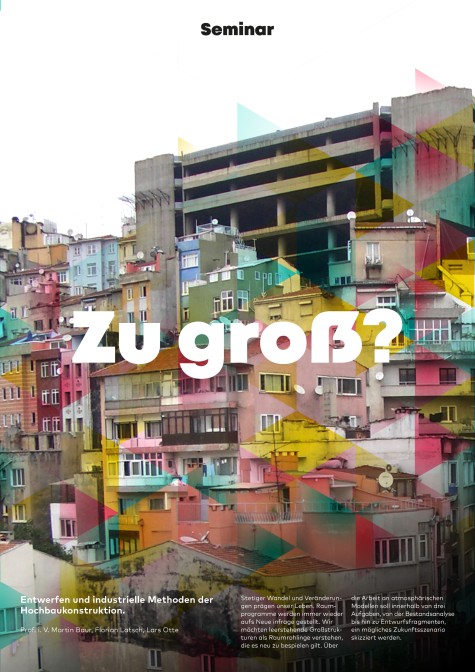Based on a description from the novel “Thérèse Raquin” by Emile Zola, we design the Passage du Pont-Neuf in Paris. The passage once really existed, and was demolished in 1912. However, we are not interested in the original building, but in the personal design that emerges in the mind while reading the novel: because every reader designs the building once again while reading. By working on atmospheric models, we translate Zola's meticulous descriptions into a new building.
“At the end of Rue Guénégaud, coming from the Quais, you come across the Passage du Pont-Neuf, a kind of narrow, dark corridor that runs from Rue Mazarine to Rue de Seine. This passage is no more than thirty paces long and two paces wide. It is paved with worn, loose, yellowish tiles that are never free of acrid moisture. The square glass panes that form the roof are black with dirt.(…) The Passage du Pont-Neuf is not a place to stroll in pleasure. One uses it to avoid a diversion.”
Emile Zola: Thérèse Raquin, 1867


















